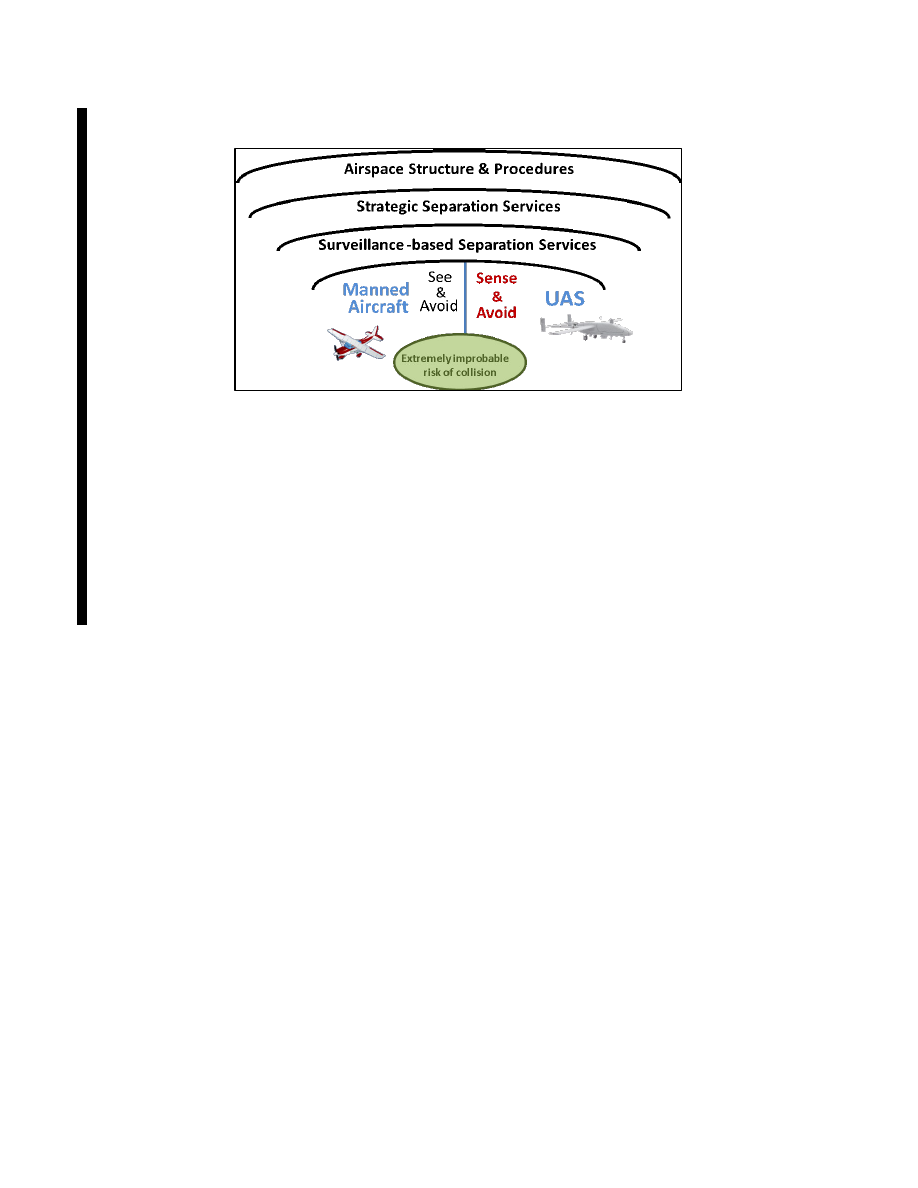
AIM
4/20/23
FIG 11
−
3
−
3
A Layered Approach for Collision Avoidance
b.
Transition to full integration into the NAS. Over time, full integration of large UAS operations in the NAS
will be achieved. Current large UAS operations will continue to be dependent on COAs, the issuance of
NOTAMs, and possibly other measures (e.g., chase plane, segregated airspace) as currently used for
accommodated operations. This integration is evolving with UAS technology advances, FAA regulatory
changes, NAS automation, communications improvements, and evolving use cases and demand.
NOTE
−
Transponder equipped UAS, during lost link events, if capable, will squawk secondary surveillance radar
(SSR)/Transponder code 7400. If the UAS is not programmed for use of SSR code 7400, then code 7600 may be used.
c.
Large Civil Operations. The following are examples of test and evaluation operations being conducted with
large civil and commercial UAS: cargo delivery, infrastructure inspection, surveillance, firefighting,
environmental observation, signal relay, and atmospheric sampling.
11
−
3
−
6
Large UAS (MGOW 55 Pounds or More)